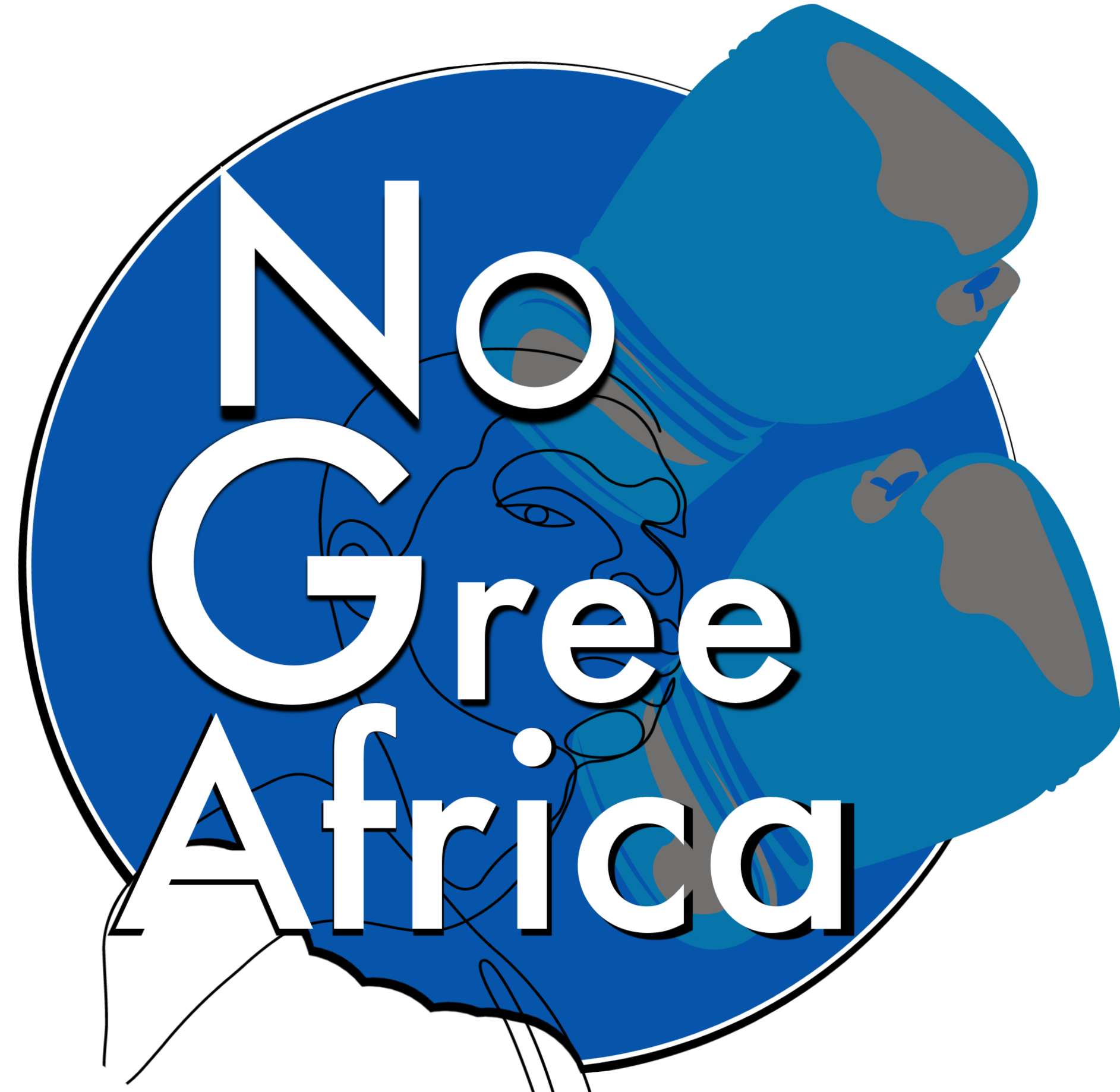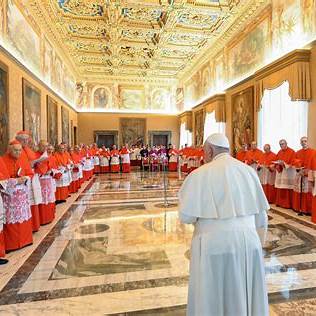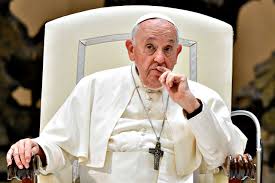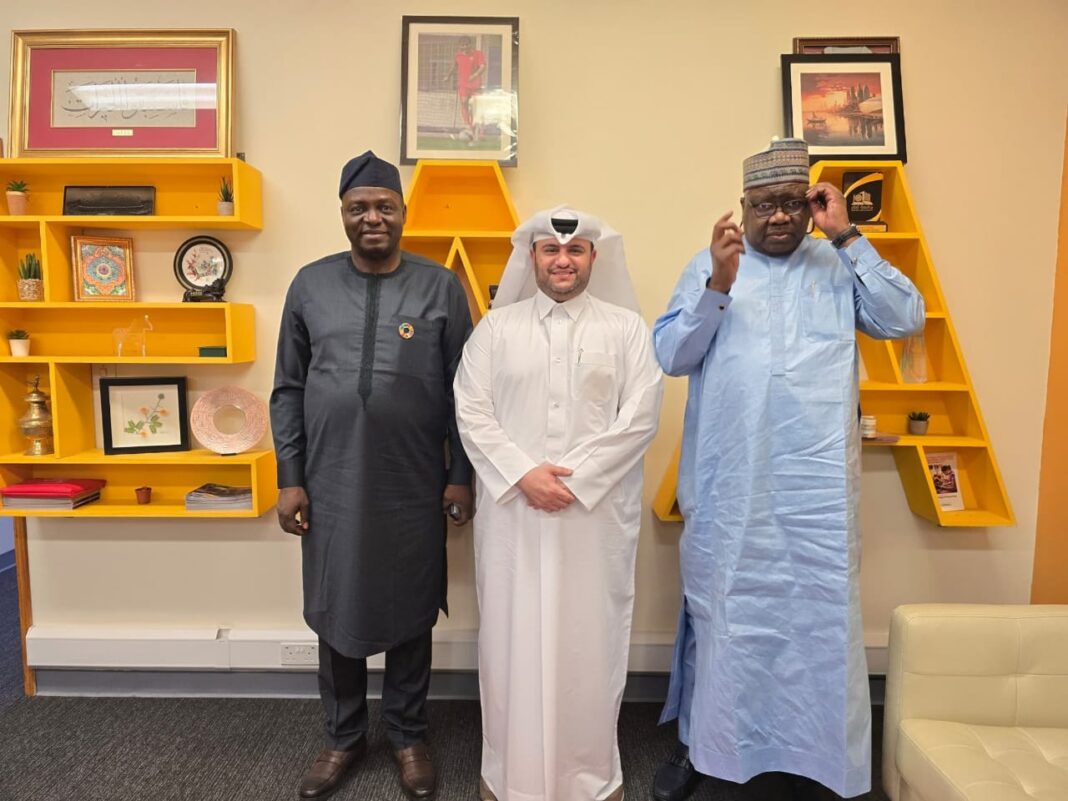With the passing of Pope Francis on April 21, 2025, the Catholic Church stands at a crossroads, preparing for the election of its 267th pontiff. The death of the pope, who was beloved for his progressive stance and efforts to bring the Church closer to the marginalized, has left the faithful across the globe eagerly awaiting the outcome of the upcoming conclave. The Sistine Chapel, known for its secrecy and historic papal elections, will once again serve as the venue where 135 cardinals from all corners of the world will gather to decide the next leader of the Catholic Church. As the world waits for the “white smoke” signaling the election of a new pope, the intrigue surrounding the process grows, with many wondering who will emerge as the Church’s next spiritual guide.
The conclave process is a delicate and highly confidential one, where the cardinals vote in secrecy, and a two-thirds majority is required to elect a new pope. There is already much speculation about who the next pope might be, with a diverse group of contenders emerging from different parts of the world. Some believe the next pope will come from the global south, reflecting the growing influence of Africa, Asia, and Latin America in the Church. Cardinal Luis Antonio Tagle of the Philippines has emerged as a favorite, known for his deep connection to the poor and his efforts to promote social justice. Tagle, who has long been regarded as the “Asian Francis,” would be the first pope from Asia, and his election would mark a significant shift towards greater representation of the Church’s growing Asian community.
Others believe that the next pope may come from Europe, despite the increasing global diversity of the Catholic population. Cardinal Pietro Parolin of Italy, the Vatican’s Secretary of State, is another prominent figure in the race. Parolin, known for his diplomatic expertise and steady leadership, is seen as a candidate who could maintain continuity within the Church and preserve the Vatican’s global influence. His candidacy is backed by those who believe the Church needs someone with experience in managing the complex relationships that the Vatican maintains with governments, religious organizations, and the global community.
There are also whispers of a possible surprise candidate emerging from outside the expected ranks. Cardinal Robert Sarah from Guinea has been a vocal critic of some of Pope Francis’ more progressive moves, advocating for a return to traditional Catholic values. His election would represent a shift back to more conservative teachings within the Church, but many wonder if this is the direction the global Church is ready to go in, especially given the challenges facing the Church in regions like Africa and Latin America, where rapid growth is often paired with a desire for reform.
Meanwhile, in Africa, Cardinal Fridolin Ambongo of the Democratic Republic of Congo has garnered attention for his outspoken advocacy for the poor and his strong moral stance on social issues. Ambongo’s potential election would reflect the Church’s increasing focus on social justice and human rights, particularly in regions where poverty and conflict are rampant. As Africa’s Catholic population continues to rise, there is a growing belief that the next pope could emerge from this dynamic and rapidly growing continent.
While the odds-on favorites seem to be the cardinals from Asia and Europe, the conclave process has always been unpredictable. History is filled with moments when papal elections defied expectations. The election of Pope John Paul I in 1978, who served for only 33 days before his sudden death, followed by the surprising election of Pope John Paul II, shows that anything can happen when the cardinals gather to cast their votes. The outcome of this conclave is bound to have global implications for the direction of the Catholic Church, and the cardinals are fully aware of the weight of the decision before them.
As the days pass, the Vatican remains a place of intense speculation and anticipation. Each country and continent is watching closely, with their hopes tied to a specific candidate. The dynamics of the papal race reflect not only the political and cultural shifts within the Church but also the deep divisions that exist among the faithful on key issues such as doctrine, social justice, and the role of women in the Church. While it is impossible to predict who will emerge from the conclave as the next pope, one thing is certain: the election of the next pontiff will be a turning point in the history of the Catholic Church, one that will shape the Church’s future for decades to come.
The white smoke will signal the conclusion of the conclave, but it will also usher in a new era for the Church, one that may bring change, challenges, and renewed hope for millions of Catholics around the world. Whether the next pope will come from the traditional heartlands of the Church or from one of the Church’s growing global centers remains to be seen. However, in this moment of uncertainty, the world watches closely, knowing that the future of the Catholic Church is about to be shaped in ways both expected and unexpected.







